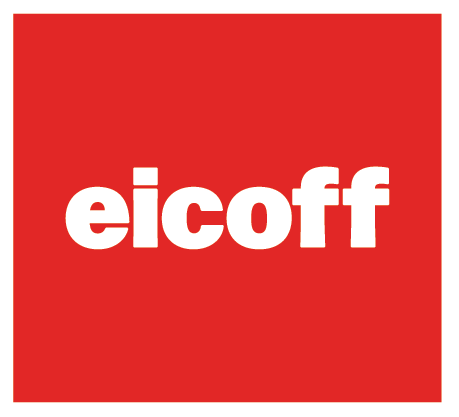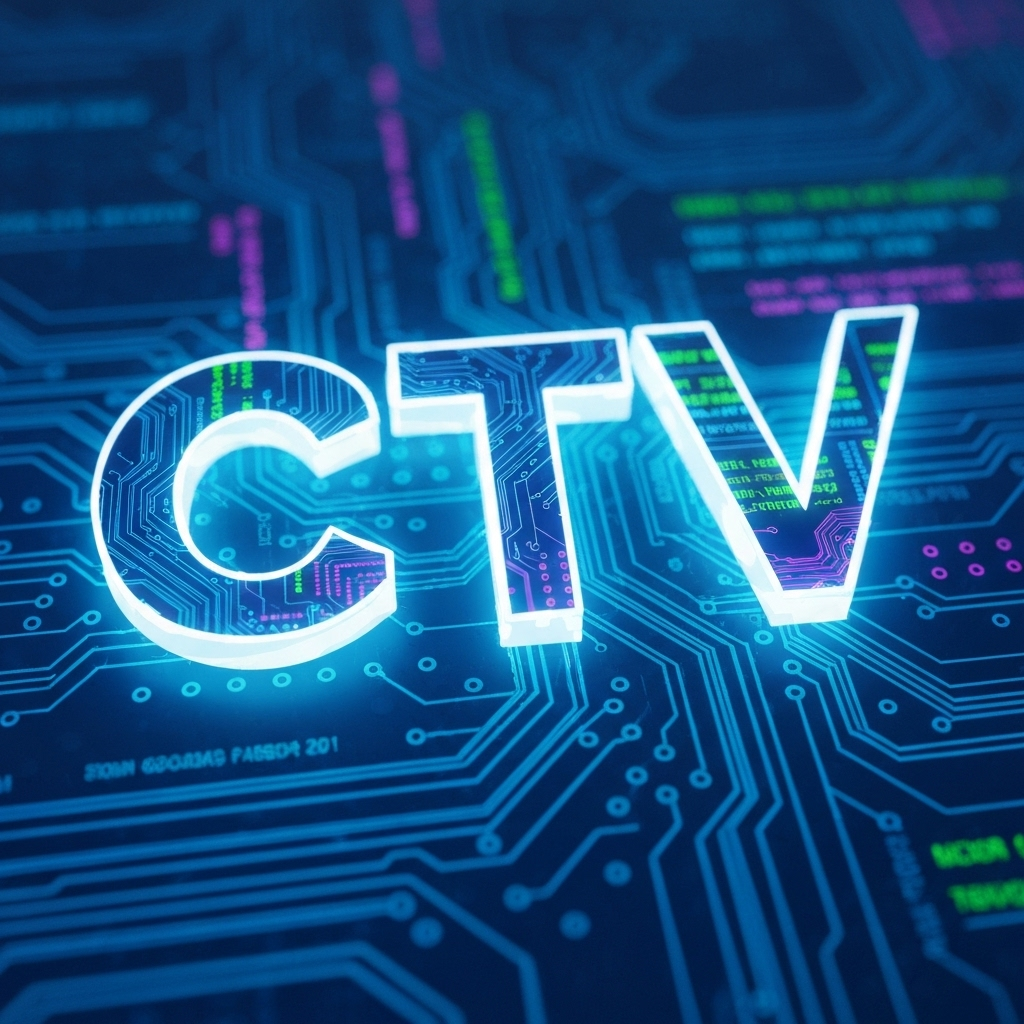How CTV Measurement Can Drive Optimization
Author: Todd Cohen Vice President of CTV & Video Strategy & Sales, Perion Source: Streaming Media
CTV advertising is the latest evolution in digital advertising to suffer from measurement whiplash. Advertisers have rapidly embraced new streaming ad technology but their measurement approach hasn’t caught up - so many are driving outcomes they can’t measure, which means they can’t optimize their media buy.
This is not the first time advertising technology has evolved faster than the measurement methodologies used to gauge its effectiveness. When the internet started to include mechanics to drive conversions, sales and attention, many advertisers stuck to measuring impressions and clicks, missing out on the optimization opportunities and attribution insights that could help them increase real revenue performance.
If advertisers don’t embrace new approaches to measure CTV effectively, they miss the opportunity to drive real outcomes. CTV can not only be measured better, it can also be used to drive outcomes with several interesting innovations.
CTV Measurement - Good, but Not Enough
As more media buyers embrace targeting, interactivity, and commerce on CTV, they are starting to consider the channel to be part of their performance strategy, not just branding. Better measurement is the first step. In the past few years, forward-thinking marketers have moved beyond GRPs, and have started to engage measurement specialists. MediaOcean reports that the top campaign goal for CTV advertisers is now conversions, and many are prioritizing direct action and measurement to not only achieve this goal, but prove it.
Established measurement offerings for CTV all use a device graph to support their primary methodology. CTV is still mostly a passive medium--few people interact with their TVs or click to navigate to websites--so advertisers need to triangulate activity on a mobile device or laptop with CTV impressions. While these solutions help connect the dots from a measurement perspective, the insights are disconnected from activation. It’s still up to the advertiser to take the insights and optimize their media strategy.
Some companies are looking at the impact of CTV ads and outcomes on the website, but they’re treating each exposure equally. However, not all ad exposures have the same impact on driving online sales. With a multi-touch attribution solution, it’s possible to customize this to gain a deep understanding of how CTV campaigns drive website visits, leads, and sales, but this kind of measurement was previously prohibitively expensive and complex.
The other issue with current CTV measurement is that it can be costly. Advertisers typically have to dip into their working media budget to obtain performance data, which eats into their ability to maximize ROI from their overall spend.
Activate and Optimize - The Logical Next Step
Advertisers need a CTV solution that resolves the issue of costly measurement that’s disconnected from activation if they want to make campaign optimization a regular part of their media strategy. There are exciting new approaches that deliver better measurement and even integrate performance measurement directly into the activation engine.
AI agents are quickly reducing the barrier to entry for multi-touch attribution, incremental lift and other sophisticated measurement. Horizon has a new platform “blu” that uses AI from partners including Akkia to help advertisers measure campaigns more effectively. Recently, Newton Research launched specialized agents to help advertisers use these techniques much more frequently and at scale.
Even with AI agents, there is the issue of getting insights into the buying process. With an all-in-one solution, advertisers can run CTV campaigns that drive outcomes, measure which tactics drove the best results, and optimize the campaign with AI technology for better performance, and do it all with transparency in a real-time dashboard of analytics. The best solutions can take advantage of new creative formats built for outcomes, and transparently show performance by publishers, creatives, audience targeting, and more. Solutions that have their own device map and multi-touch attribution methodologies integrated within the media buying platform make this possible. allowing advertisers to get real-time analytics and have AI help them use it for optimizations to constantly make the campaign better.
Bringing The Big Picture Together
Optimizing CTV alone is one step of a larger multichannel optimization opportunity. CTV optimization will unlock the channel as a true performance medium, but it’s just the beginning of what advertisers ultimately want to achieve. CTV is only one channel in a huge array of different channels and platforms where advertisers connect with audiences. This means that CTV measurement needs to adhere to standards that allow advertisers to compare it to the rest of their media buy. If every provider sticks to their own unique measurement approach and bespoke KPIs they actually risk isolating themselves rather than enticing advertisers to spend more.
An advertiser needs to ensure that their CTV insights and optimization decisions mesh with their larger multichannel media plan and so they should be clear with partners which KPIs matter and push to get the data they need to measure them. CTV does not exist in a vacuum, and CMOs will want to be able to fit CTV’s value into a wider attribution model that includes everything from social to video and display to out of home, retail media and more.
Ultimately CMOs, their teams, and their agencies will expect to bring CTV into the larger performance marketing fold, and the sooner they do that, the better they can optimize for real outcomes.


